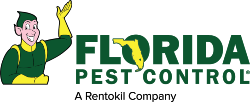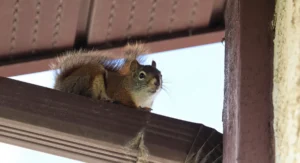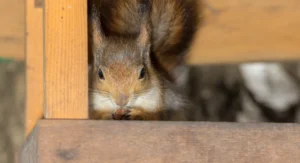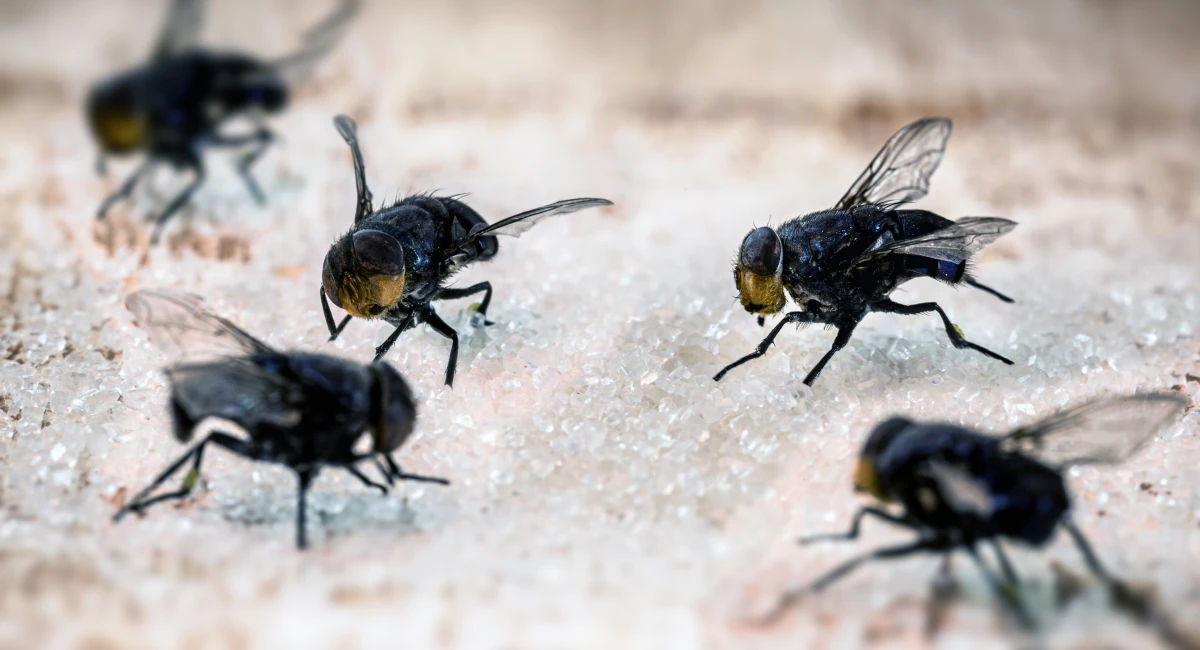
Florida’s warm, humid climate may be perfect for palm trees and tourism, but it also creates ideal conditions for flies. For property managers overseeing multi-family homes, apartment blocks, or vacation rentals, fly problems are more than a nuisance. They can affect tenant satisfaction, impact compliance, and damage reputations.
So why do fly issues keep coming back, even when you’re doing everything right?
The answer often lies in what’s missed. Fly breeding can begin in areas that aren’t part of routine cleaning, and once it starts, it spreads fast. Understanding what attracts flies, how they multiply, and where they hide is key to stopping the cycle.
Fly Life Cycle Issues in Florida Buildings
In Florida’s warm climate, flies can complete their life cycle, from egg to adult, in just 10 days. Once mature, they reproduce quickly, feeding on everything from sugary spills to decomposing matter in bins and drains. Their ability to breed rapidly makes it critical to address fly issues early before they spread.
Most infestations don’t begin with visible fly activity. Instead, they start in warm, damp areas like mop sinks, floor drains, and trash storage rooms. These environments provide the perfect conditions for fly eggs and larvae to develop. If left untreated, these areas become breeding grounds, leading to fly problems across multiple units or buildings.
Preventing the spread of fly infestations in Florida buildings requires early detection and proactive measures. Routine inspections of high-risk areas, regular drain and bin cleaning, and proper waste management can help reduce fly breeding sites. Additionally, installing fly traps and implementing proactive pest control measures can significantly mitigate the risk of infestations, keeping your property clean and compliant.
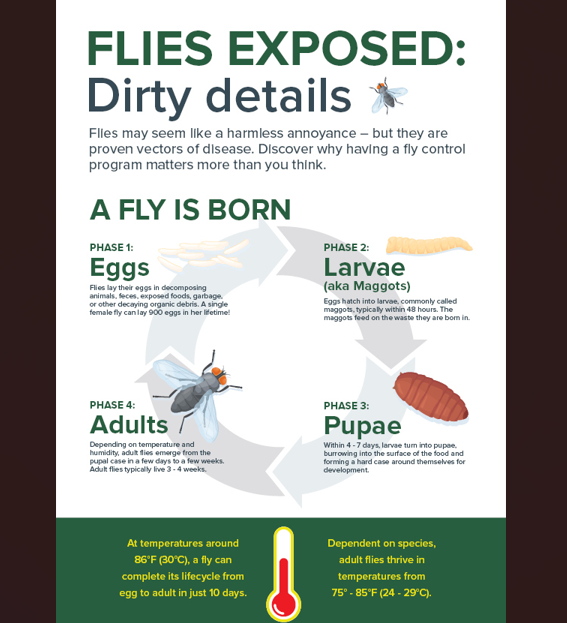
Managing Fly Risks Infographic
For a visual guide on how to tackle fly infestations in Florida buildings, download our Fly Control and Prevention Infographic.
Download Your Copy
Common Fly Hotspots in Managed Properties
Even well-maintained properties can have hidden fly hotspots. Flies don’t need much to thrive, just moisture, organic buildup, and a small window of opportunity. While janitorial teams may clean what’s visible, less obvious trouble spots are often overlooked, providing the perfect environment for flies to breed.
Flies commonly gather and breed in areas such as:
- Garbage chutes or recycling zones that stay damp
- Overflowing drain pans in HVAC closets
- Sink drains with organic buildup
- Trash bins left uncovered or unemptied
These conditions attract a range of species, including house flies, fruit flies, and drain flies. Left unchecked, even small sanitation gaps can lead to infestations that spread across shared spaces and multiple units.
Fly Sightings Signal Underlying Issues
A few flies might seem harmless, but for property managers, they’re often a sign of deeper maintenance or sanitation problems.
Repeated fly activity can point to:
- Missed service coverage across multi-site portfolios
- Blocked or untreated drains
- Infrequent bin cleaning or removal
- Gaps between pest control visits
Addressing the source early can prevent tenant complaints, protect online ratings, and reduce the likelihood of recurring infestations. Regular, proactive maintenance is key to keeping fly issues under control and ensuring the long-term health of the property.
How Property Managers Can Reduce Fly Problems
Fly control starts with consistency, visibility, and targeted support. Florida property managers can strengthen their approach with the following:
Start by scheduling routine checks of high-risk areas like dumpster pads, kitchens, and utility rooms. Make sure your on-site staff knows what to look for and when to report concerns. Ask your pest control partner about solutions beyond surface treatments. Services like drain line treatment, entry-point sealing, and LED fly light technology can significantly reduce fly activity in shared spaces. These tools don’t just eliminate visible flies – they disrupt the breeding cycle and improve sanitation long term.
Standardizing service across properties, especially during Florida’s peak heat and rain months, can make a big difference.
To address issues like untreated drains and recurring infestations, Florida Pest Control offers targeted fly control services built for properties with high turnover and shared amenities. For portfolio managers, our Property Management Solutions help streamline protection across every site.
Book a Fly Control Inspection Today
Fly infestations don’t go away on their own. They often return when one piece of the puzzle is missed, like a forgotten bin area or untreated drain. A single oversight can restart the cycle.
With decades of experience protecting Florida properties from climate-driven pest challenges, Florida Pest Control understands how to adapt strategies for everything from beachfront rentals to urban apartment complexes. Book an inspection with Florida Pest Control and get expert recommendations tailored to the unique layout and needs of your properties. A proactive approach can help protect your spaces, reassure tenants, and reduce service calls over time.
